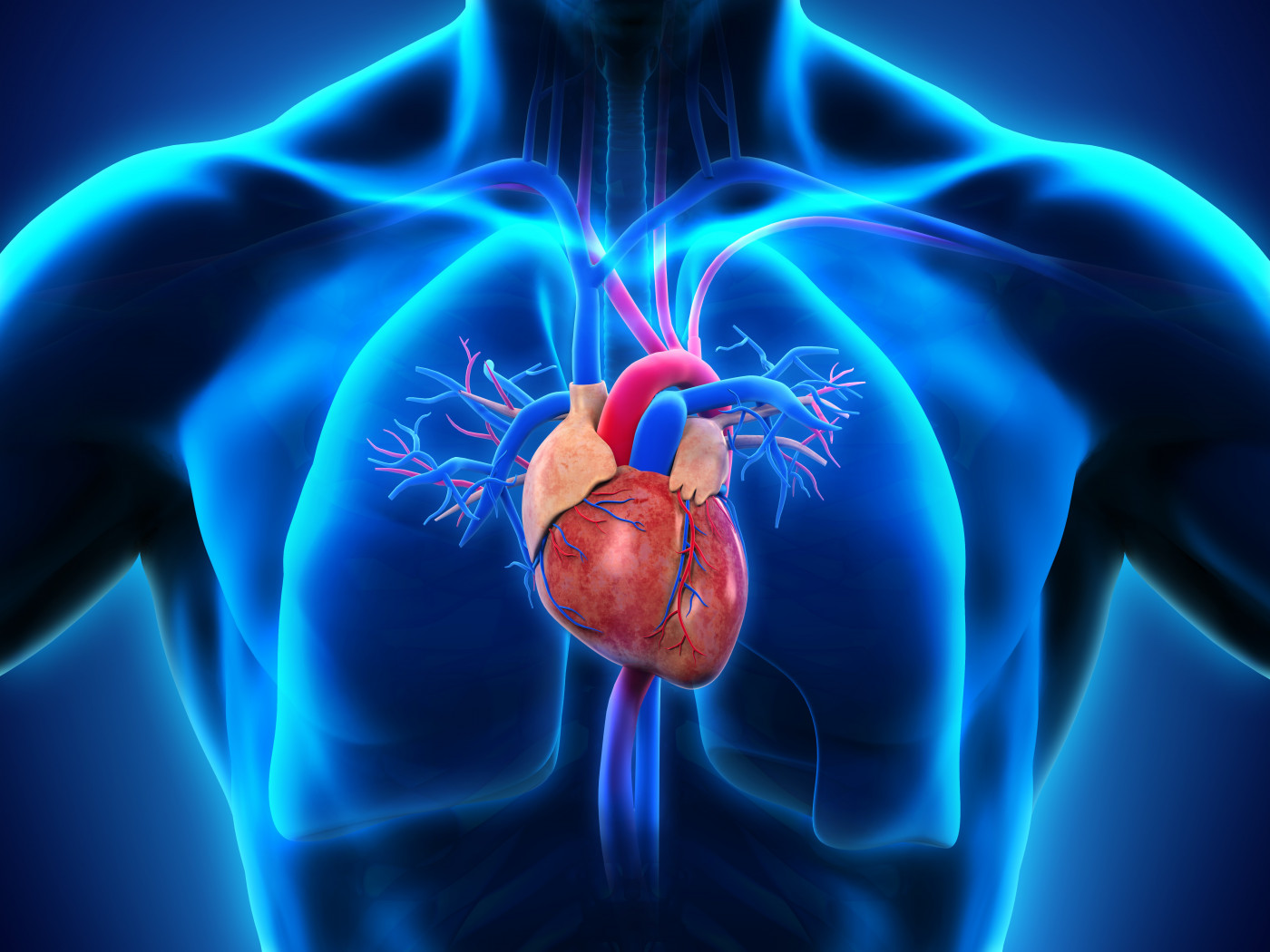Heart’s Right Side Size Affects Heart Function in PAH Patients, Study Shows

Pulmonary arterial hypertension (PAH) patients with an enlarged right side of the heart show higher pulmonary arterial pressures and increased resistance to blood flow compared to healthy controls, a new study reports.
The study “Right heart size and function significantly correlate in patients with pulmonary arterial hypertension – a cross-sectional study” was published in the journal Respiratory Research.
The size of the right side of the heart, specifically of its two right chambers, the right atria and right ventricle, plays a role in pulmonary hypertension. However, the chambers’ effects on the ability of the heart’s right side to contract remains undetermined.
Researchers tackled this question and assessed how right atrial (RA) and right ventricular (RV) size affects the right’s ventricular pump function, both at rest and during exercise, in patients with PAH.
The team analyzed a group of 54 patients — 21 men and 33 women with a mean age of 53 years — diagnosed with moderate-to-severe PAH. More than half of the participants (57.4 percent) were treated with double combination therapies.
All patients underwent clinical examinations, including right heart catheterization (an invasive technique used to directly and accurately assess the function of the right heart and pulmonary vessels) and echocardiography (a scan used to look at the heart and nearby blood vessels) at rest and during exercise.
Results showed that PAH patients with enlarged RV (greater than 20 cm2) or RA (greater than 16 cm2), measured through echocardiography, had a significantly reduced contraction of the right ventricle during exercise. These patients also had higher mean pulmonary arterial pressures, and increased resistance to blood flow in lung capillaries, as well as higher levels in the blood of a marker of right heart dysfunction called NT-proBNP, compared to patients with normal or smaller right heart size.
The Pulmonary Hypertension News forums are a place to connect with other patients, share tips and talk about the latest research. Sign up today!
The volume of blood ejected from the heart’s right ventricle was significantly reduced in PAH patients with an enlarged heart right side.
The patients’ pulmonary arterial compliance at peak exercise — a measure of the elasticity of the lung’s large blood vessels (arteries) — also was reduced compared to patients with a smaller right side.
The size of the heart’s RV was identified as the only independent predictor of the RV’s capacity to increase its output (called cardiac output reserve) in accordance to the lung’s capacity and the level of exercise demand.
Overall, these results suggest that “RV and RA areas represent valuable and easily accessible indicators of RV pump function at rest and during exercise,” researchers wrote, supporting the relevance of these parameters in clinical practice.
The team also emphasized that “assessing the right heart size by imaging techniques as echocardiography gives further important clues to RV pump function and cardiopulmonary hemodynamics” in patients with PAH.







